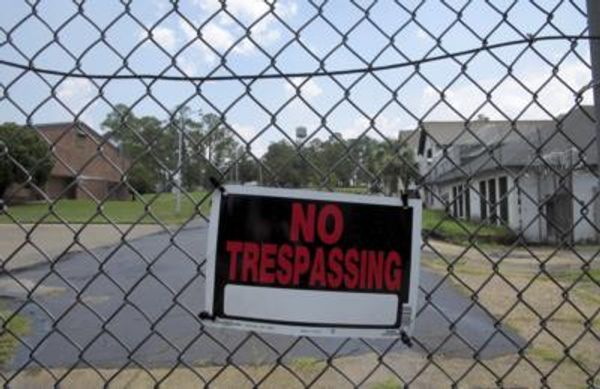
Climate change, humanitarian and natural disasters are putting the sustainability of both infrastructure and service delivery in focus for the water, sanitation and hygiene (Wash) sector. Rural communities in regions where sanitation is lacking under normal circumstances are particularly vulnerable to disaster, as they may abandon good hygienic practices.
The community-led total sanitation (CLTS) approach mobilises communities to use their own initiative to build one toilet per household. Health benefits are felt when there is zero contamination of faeces through food preparation, flies or water collection. That’s the “total” in community-led total sanitation and when communities understand this, they hold each other accountable to the collective commitment.
In the Global Sanitation Fund-supported programme in Malawi, more than 1,000 communities had been declared open-defecation free through CLTS, but the rains in January 2015 were disastrous. Floods have made it difficult to assess damage to sanitation infrastructure in villages now only accessible by boat. However, programme implementers say some communities which were open-defecation free have now slipped back to open defecation because their toilets were destroyed.
Through Global Sanitation Fund financing of CLTS programmes, when the water recedes, the community commitment to be open-defecation free remains. Although disaster risk reduction is not built into programme tracking at the moment, there is evidence of better resilience of communities which have been “triggered” through the behaviour change approach to sanitation.
In communities on the east coast of Madagascar, CLTS “triggering” or facilitation sessions led to every household building a latrine. When a cyclone hit in 2013, toilets were destroyed along with everything else.
Didier Sampy rebuilt his family’s latrine immediately. “We used to always have diarrhoea.” he says. “We prefer the latrine, you don’t have to go far from the house and there are no faeces everywhere.”
Because the GSF-supported programme puts communities in the driving seat, they can adapt the shape of the structure. Toilet walls in this community in Madagascar are now sturdier and the shape of the roof is built to better resist violent storms.
Didier did more than modify the walls and roof when he rebuilt his latrine, this time he built a toilet with a ceramic slab. He’s a trained sanitation mason and installs slabs for customers so he thought: “Why not have one at home?” Ceramic slabs are more durable and easier to clean, so more hygienic.
The community now counts more latrines after the cyclone than before, according to local NGO Mambizo, the community sanitation facilitators. They’ve helped inspire communities to build more than 2,000 latrines in this region.
“Once people’s attitudes have changed, there’s no turning back to open defecation, even in the face of a natural disaster”, says Jean-Claude Ramiandrisoa, director of monitoring and evaluation for Mambizo.
Content on this page is paid for and provided by WSSCC sponsor of the Guardian Global Development Professional Network.







